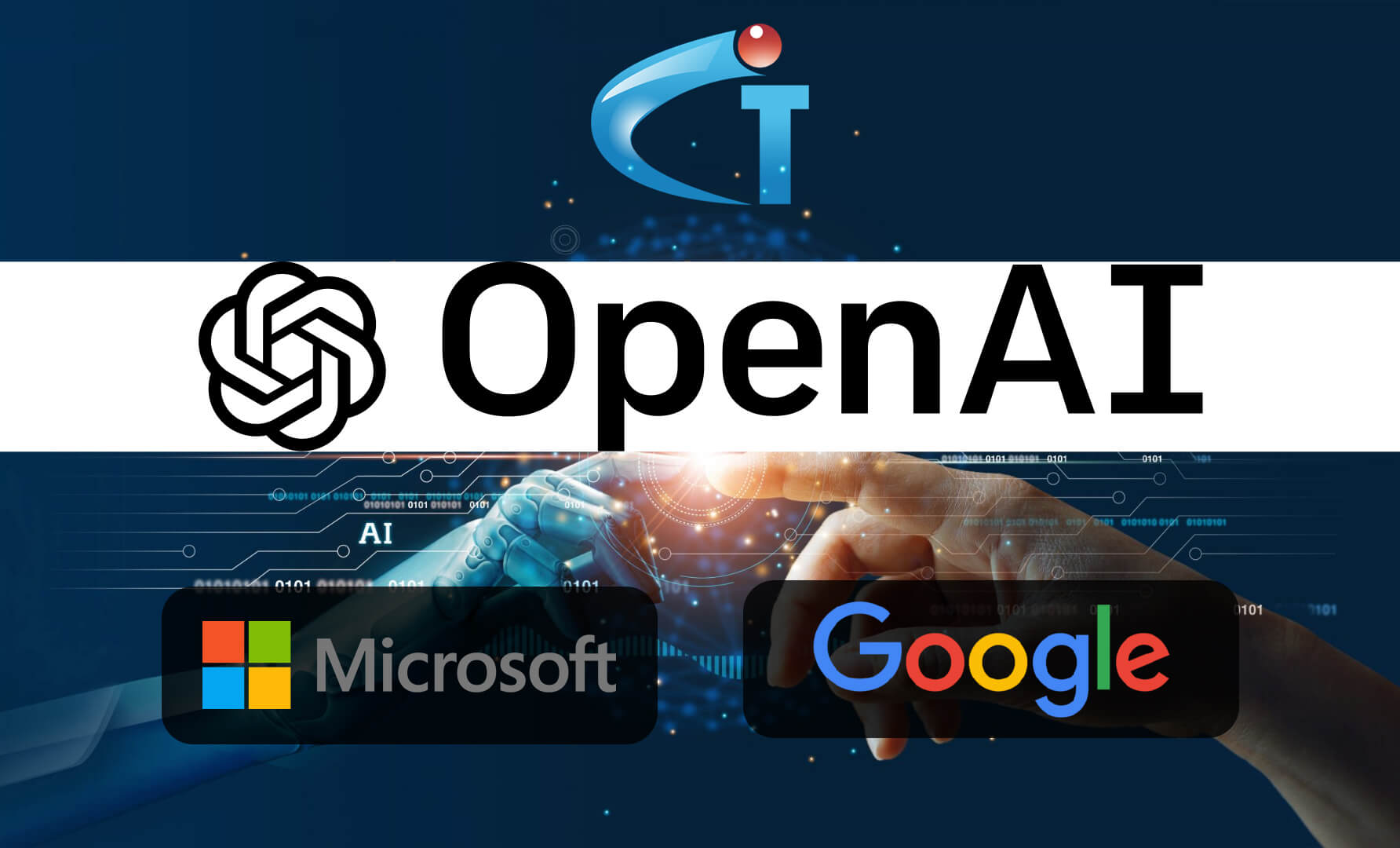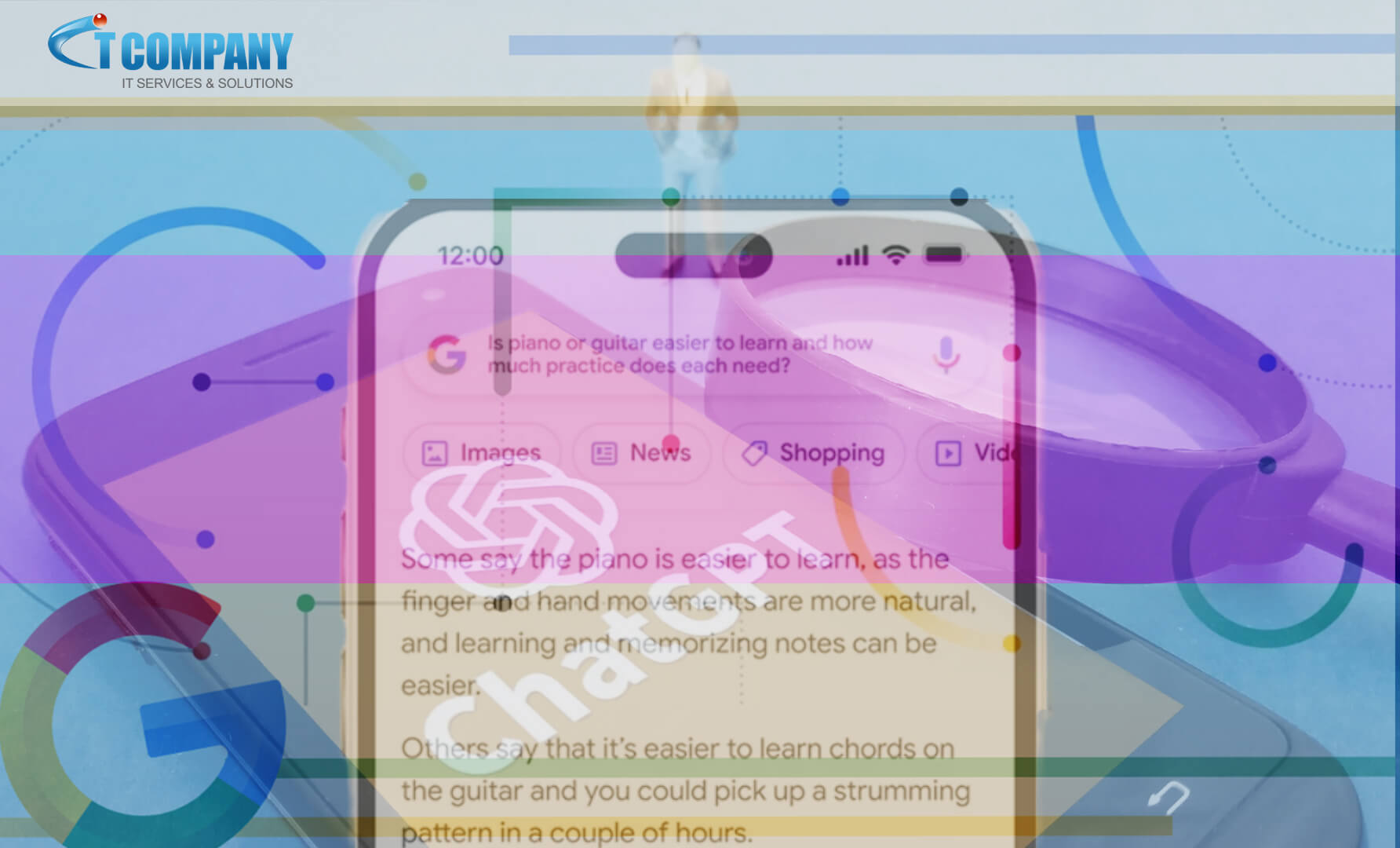Google Bard will be available ‘in the coming weeks.
Google has finally snapped and launched a ChatGPT rival dubbed as Bard. An experimental conversational AI service that’ll be available to the public in the coming weeks.
The chatbot, like ChatGPT, can answer complicated inquiries and teach you about complex topics in a conversational manner. However, for now the key difference between Bard and ChatGPT is that Bard will be linked to the internet. It will provide fresh, high-quality replies, as Google claims.
LaMDA powers Google’s Bard, it’s a sort of machine learning a ‘big language model”, like ChatGPT. It is also trained on a huge dataset and is capable of interpreting human language as it’s typed.
Google said that Bard will be available to “trusted testers”. However, the general public will be able to use it in the following weeks. Google workspace parent company says its AI-powered capabilities will soon start rolling out to Google Search. Although it is unclear exactly how we will access Bard early on.
So, what will Google’s Bard accomplish for you? How will it compare to ChatGPT, which Microsoft looks to be incorporating into its own search engine, Bing? Everything you need to know about it is right here.
WHAT EXACTLY IS GOOGLE BARD?
Bard, like ChatGPT, is a chatbot built on deep learning techniques known as ‘large language models,’ in this instance LaMDA.
To begin, Bard will be available on a “lightweight model version” of LaMDA. Google claims that this model consumes substantially less computational resources, and it would grow the chatbot to more users.
Bard is in the early stages of testing, during which Google will mix external comments with its internal testing. Due to their benefits, chatbots also appear to have some negative characteristics, including prejudice and cyber-attacks.
Opening up chatbots for public testing offers several advantages, which Google is “enthusiastic” about, but it also carries hazards, which is why Google has been so hesitant to unleash Bard into the open. The rapid ascent of ChatGPT, on the other hand, appears to have pushed its hand and accelerated the public introduction of Bard.
WHAT CAN YOU DO WITH GOOGLE’S BARD?
Google has been coy about Bard’s capabilities so far, but it has released some instances of what it can achieve. In a nutshell, Bard is a next-generation version of Google Search that has the potential to alter the way we use search engines and hunt for information on the web.
Google believes that Bard may be “an outlet for creativity” or “a launchpad for curiosity. This program offers a way to explain NASA’s James Webb Space Telescope findings to a 9-year-old or find out the finest strikers in football right now, and then enhance your abilities with workouts.
Unlike standard Google Search, Bard claims to use online data to answer more open-ended inquiries in amazing depth. Instead of answering inquiries like “how many keys does a piano have?”, Bard can give extensive generic replies.
Workspace of Google parent company claims soon users will see responses Search with easy answers that are complicated and offer different views. Bard can help you organize a party, compare two movies, and provide a recipe with items in your pantry.
Combine this technology with voice-based assistants it’s easy to see how close we are to having machines with artificial intelligence.
WHAT ARE THE DIFFERENCES BETWEEN GOOGLE BARD AND CHATGPT?
We’ll need additional information from Google about how broad Bard’s talents are and how it’ll be incorporated into its products? However, the chatbot is basically built on technology comparable to ChatGPT.
Both Bard and ChatGPT are chatbots built on big language models. They are machine learning algorithms with a wide range of abilities such as text creation, translation, and responding prompts. It all depends on the massive datasets on which they’ve been trained.
The two chatbots, or “experimental conversational AI service,” as Google refers to Bard, They are also fine-tuned using human interactions to steer them towards ideal replies. However, one potential distinction between the two is that ChatGPT is not currently linked to the internet. Therefore it has very limited awareness of facts or occurrences after 2021.
Meanwhile, Google claims that Bard “draws on information from the web” to deliver up-to-date replies. This may not be the case for long, as recently Microsoft’s Bing is enhanced with ChatGPT integration. Fortner implying that it won’t be long until the Microsoft Office 365 parent company’s search engine is coupled with chatbot.
DOES GOOGLE BARD ONLY ANSWER TEXT QUESTIONS?
Google’s Bard, like ChatGPT, will initially solely respond to text questions with its own written responses. However, LaMDA isn’t Google’s sole AI technology. Moreover, we should expect to see comparable breakthroughs in the video and audio domains.
Alongside LaMDA, Google claims it also has additional AI models including PaLM, Imagen and MusicLM. They possibly offer “whole new ways to interface with information, from language and pictures to video and audio.
While that is fantastic or perhaps alarming, depending on your perspective on AI technology, they may be a bit further off. As part of its AI push, Google will initially use a lightweight version of LaMDA in Google Search, however.








